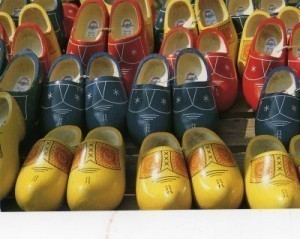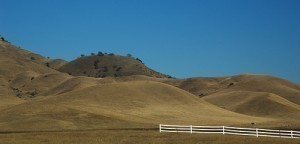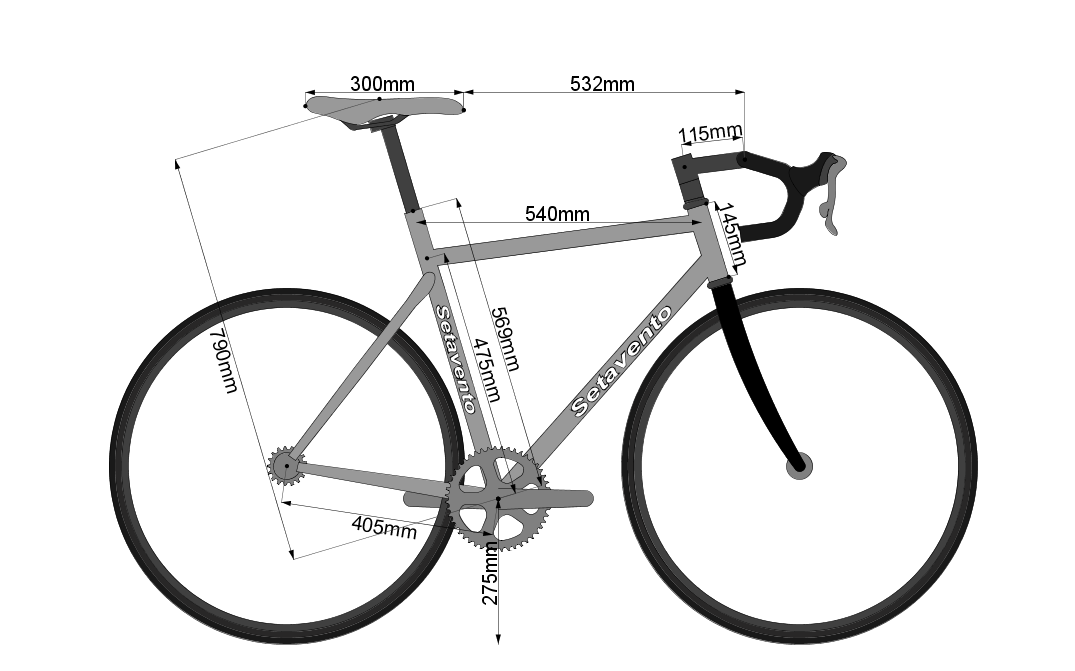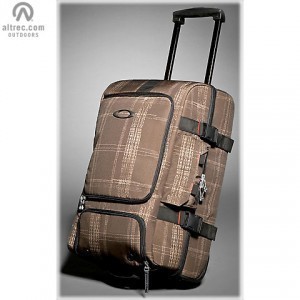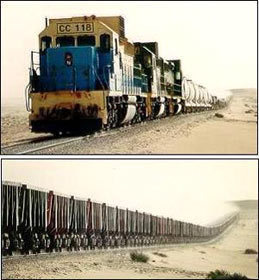How Big is the Golden Gate Bridge?
The dimensions of the Golden Gate Bridge made it the longest suspension bridge span when it was finished in 1937. It is 1.7 mi (2.7 km) or 8,981 ft (2,737.4 m) long. Other bridges have surpassed it in length. But it has remained the most iconic landmark in San Francisco.
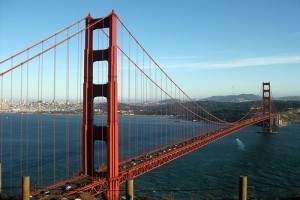 Vital Statistics
Vital Statistics
The bridge is 90 ft (27.4 m) wide and 746 ft (227.4 m) high. The longest span is 4,200 ft (1,280.2 m) while the vertical clearance is 14 ft (4.3 m) around the toll. Each cable is composed of 27,572 strands of wire. There are about 80,000 miles (130,000 km) of wiring in the bridge. The rivets number 1,200,000. The bridge links Marin County at the north to the city of San Francisco at the south.
History and Building
The brain behind the bridge was Joseph Strauss. He was known for his meticulous planning and concern for safety. In the five years it took to build the dimensions of the Golden Gate Bridge, only 11 people died. One of his innovations was installing a net below the bridge deck.
Six counties (Del Norte, Napa, Mendocino, Sonoma, Marin and San Francisco) joined forces to build the bridge and finance it.
Several designs were submitted, but the one chosen was made by Irving Morrow. The dimensions were chosen so cargo ships could go through the San Francisco ports easily.
Since its construction, the bridge has been repainted. 38 painters are employed full time to paint the structure when needed. The city employs 17 iron workers to manage and replace worn out rivets. In 1965, the original painting was replaced by silicate primer and acrylic top coat. It took 30 years to paint the 1.7 mile (2,737 meter) structure.
Traffic
Over 40 million vehicles pass the bridge yearly. There are five lanes of 2-way traffic. These are segregated by traffic pegs. The pegs can be adjusted if required. The original speed limit was 55 mph (89 km/h). On October 1, 1996, this was reduced to 45 mph (72 km/h).
The bridge is the only road to depart San Francisco going north. During weekday mornings, the traffic moves southbound going to the city. It is a component of California Route 1 and U.S. Route 101.
The dimensions of the Golden Gate Bridge have made it very popular with bicyclists and pedestrians. Both sides of the traffic lanes have walkways. Railings were added in 2003 to keep cyclists from accidentally falling on the road.
